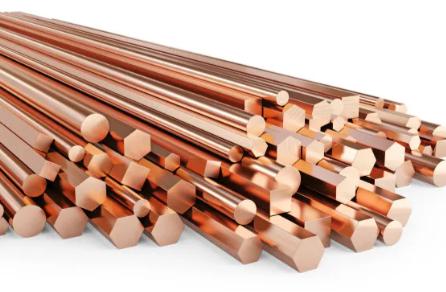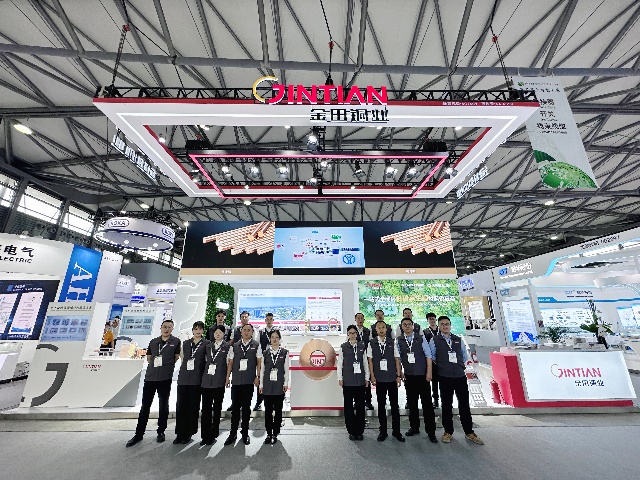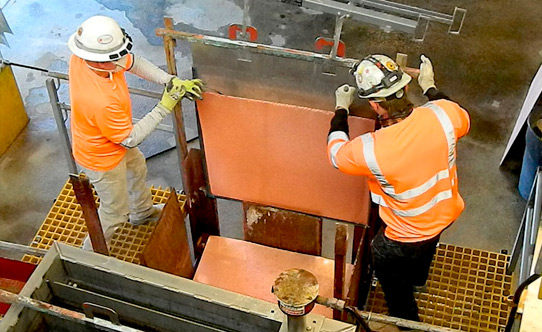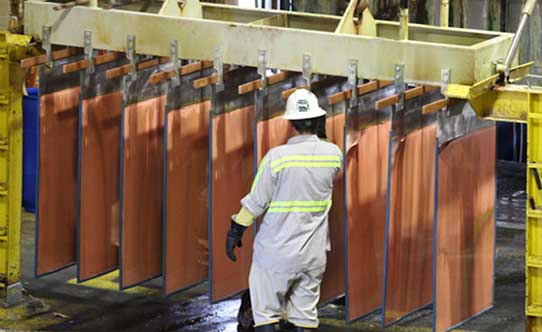There are three basic types of pressure-relief valves including conventional spring loaded, balanced spring loaded, and the pilot operated.
The conventional spring-loaded valve provides a positive seal between the bonnet, spring, and guide. This kind of brass water pressure reducing valve also simplifies the design and installation of the bonnet and much less expensive than bellows designs. In noncorrosive services, pressure losses through the spring are small enough that they do not affect performance.
The balanced spring-loaded brass pressure reducer valve incorporates a means to protect the bonnet, spring and guide from released fluids, minimizing the effects of backpressure. The disk area vented to the atmosphere is exactly equal to the exposed disk area which minimizes effects of backpressure. These valves can be used in corrosive or dirty service and with variable backpressure.
The pilot operated brass pressure reducing valve is a self-adjusting valve that automatically changes its opening characteristics to meet process demands. It is normally installed in a system with high process pressures, low shutoff and a need for quick action. A pneumatically operated pilot valve provides the opening forces for the main valve, which is sandwiched between two spring-loaded rams within a cylindrical housing.

 English
English 日本語
日本語 한국어
한국어 français
français Deutsch
Deutsch Español
Español italiano
italiano العربية
العربية tiếng việt
tiếng việt Türkçe
Türkçe ไทย
ไทย 中文
中文







